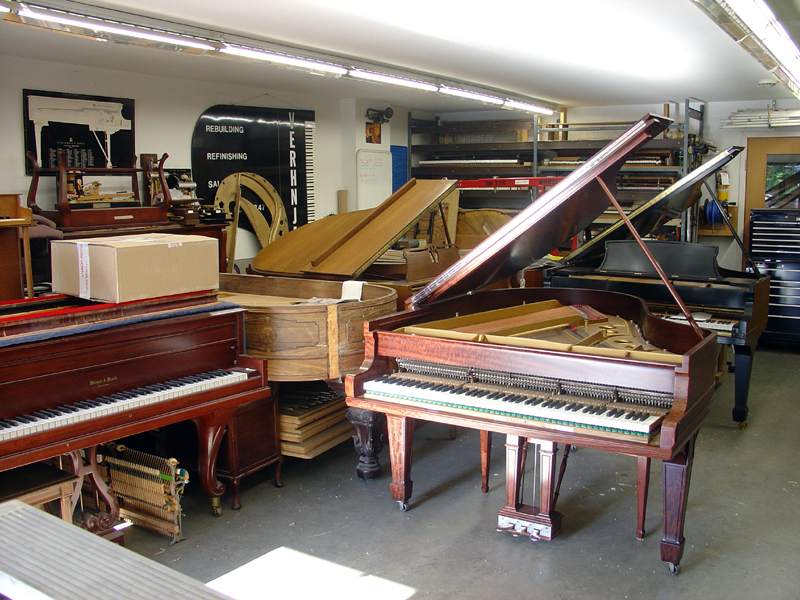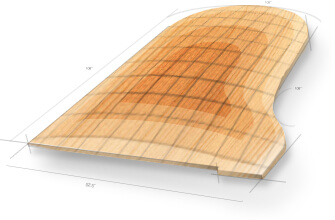

At least in urban legend, it is employed by assassins as a garrote.I disagree that if there are cracks in the soundboard that it would be better to leave it for museum. It is also commonly used in hobby applications such as model railroading, both control line and radio-controlled aircraft, and knitting. Piano wire is also used in the fabrication of springs, fishing lures, special effects in the movie industry, scaffold cross-bracing, orthodontic and pharyngeal surgery, and the cutting of cheese and soap. Piano wire has a very high tensile strength to cope with the heavy demands placed upon piano strings accordingly, piano wire is also used for a number of other purposes, including springs, surgical uses, and special effects.

It is made from tempered high-carbon steel, also known as spring steel, which replaced iron as the material starting in 1834. Piano wire, or "music wire", is a specialized type of wire made for use in piano strings but also in other applications as springs. The type of casters you buy depends a lot on your personal preference. This is good to know because you may want to replace the original wheels. One of the things that make the moving process easier is casters. Generally, it’s not an easy task due to the piano’s weight. There may come a time when you need to move your piano. What Piano Owners Need To Know About Casters Casters come in a variety of styles and functionality. Piano casters are the wheels attached to the base or legs of grand and upright pianos to make moving your instrument easier. Here are a handful of ways piano or continuous hinges are used every, single day.What Are Piano Casters?

When strength is a prerequisite, piano hinges will be found. This makes them perfect candidates for applications that are subjected to extensive use (or abuse) and intense wear and tear. Regardless of the use, piano hinges are easy to install, are very affordable, and are extremely durable. Piano hinges are available in various thicknesses, pin diameters, widths, finishes, and customized designs. One big difference between piano hinges and other hinge types is the fact that piano hinges will run the full length of the surface they serve – hence, the name ‘continuous’. Piano hinges, also known as ‘continuous hinges’, represent one of the many types of hinges where 6, 7, and 8-foot lengths are not uncommon. Piano pedals (the levers at your feet) enrich the sound in various ways, opening out possibilities further than the keyboard, from subtle nuances in dynamic to bold changes in the tone. The sounds available to you when you play are not limited to what you do with your hands. It is best to have a used piano checked by a qualified piano technician to fully evaluate the piano soundboard and its condition. If the crown is lost, soundboard replacement may be necessary to obtain good power and tone. Soundboards that have several cracks, mostly due to age and/or large fluctuations in humidity over the life of the board, can lose crowns which would result in dull lifeless tone quality. It can be repaired with re-gluing or even shimming. However, it can cause buzzing from certain frequencies. This is not detrimental or life ending for the piano. Older piano soundboards often form cracks, especially where the thin boards are glued together. The bridges are usually made from maple and their primary function is to transfer the string vibration to the soundboard. The best results are obtained when the grain of the soundboard runs parallel to the bridges. Wood for soundboards, usually spruce, needs to be light and elastic. The back of the soundboard has ribs made of wood that are glued to the soundboard to strengthen and support the crown. The soundboard has a crown which is very important to the tone and resonance of the piano. Piano sound boards are thin boards commonly made of spruce approximately 3/8″ thick glued together and extend from the bottom of the piano on a vertical, and the tail of the piano on a grand, to the pin-block and then across the full width of the piano.


 0 kommentar(er)
0 kommentar(er)
